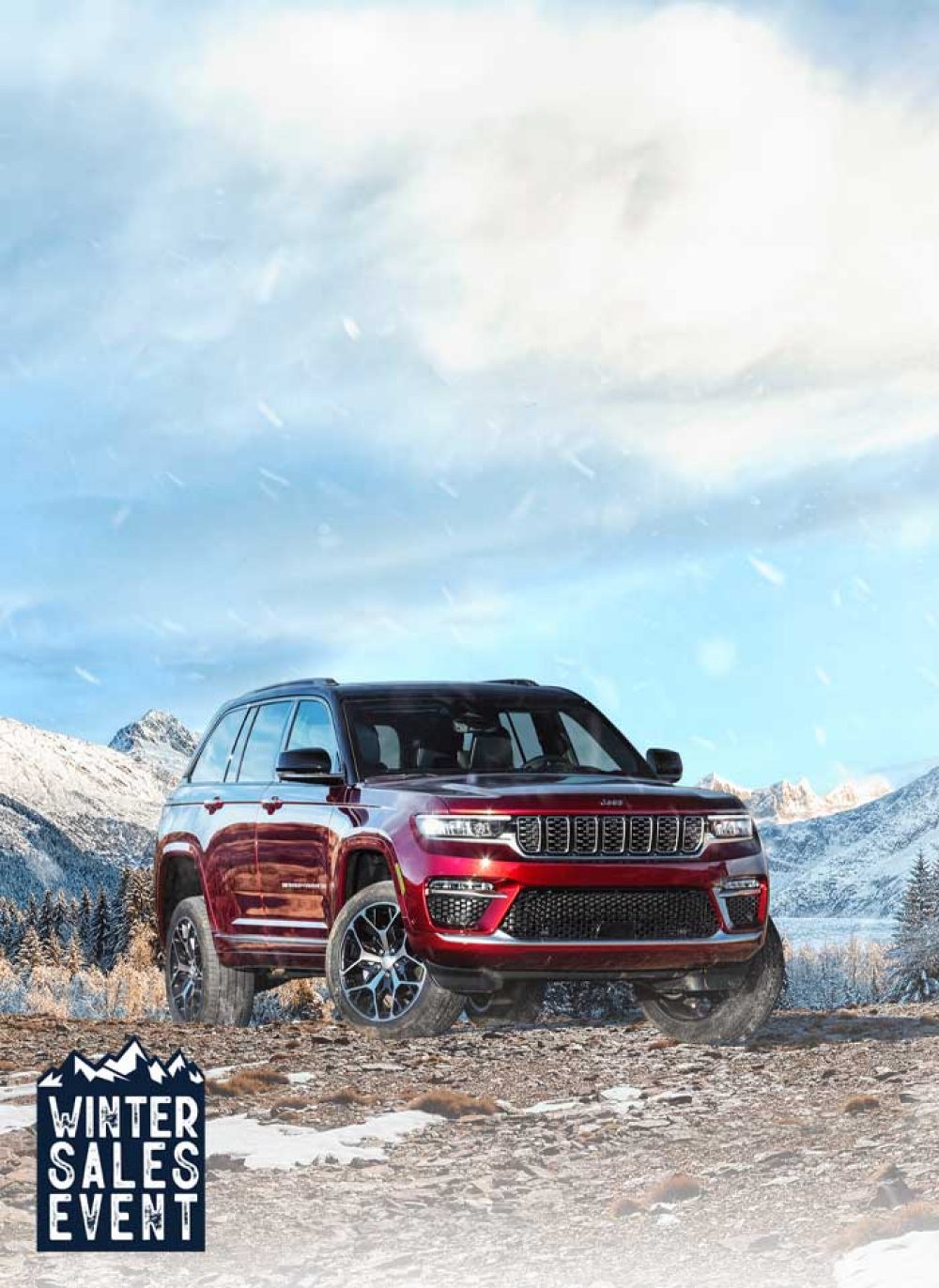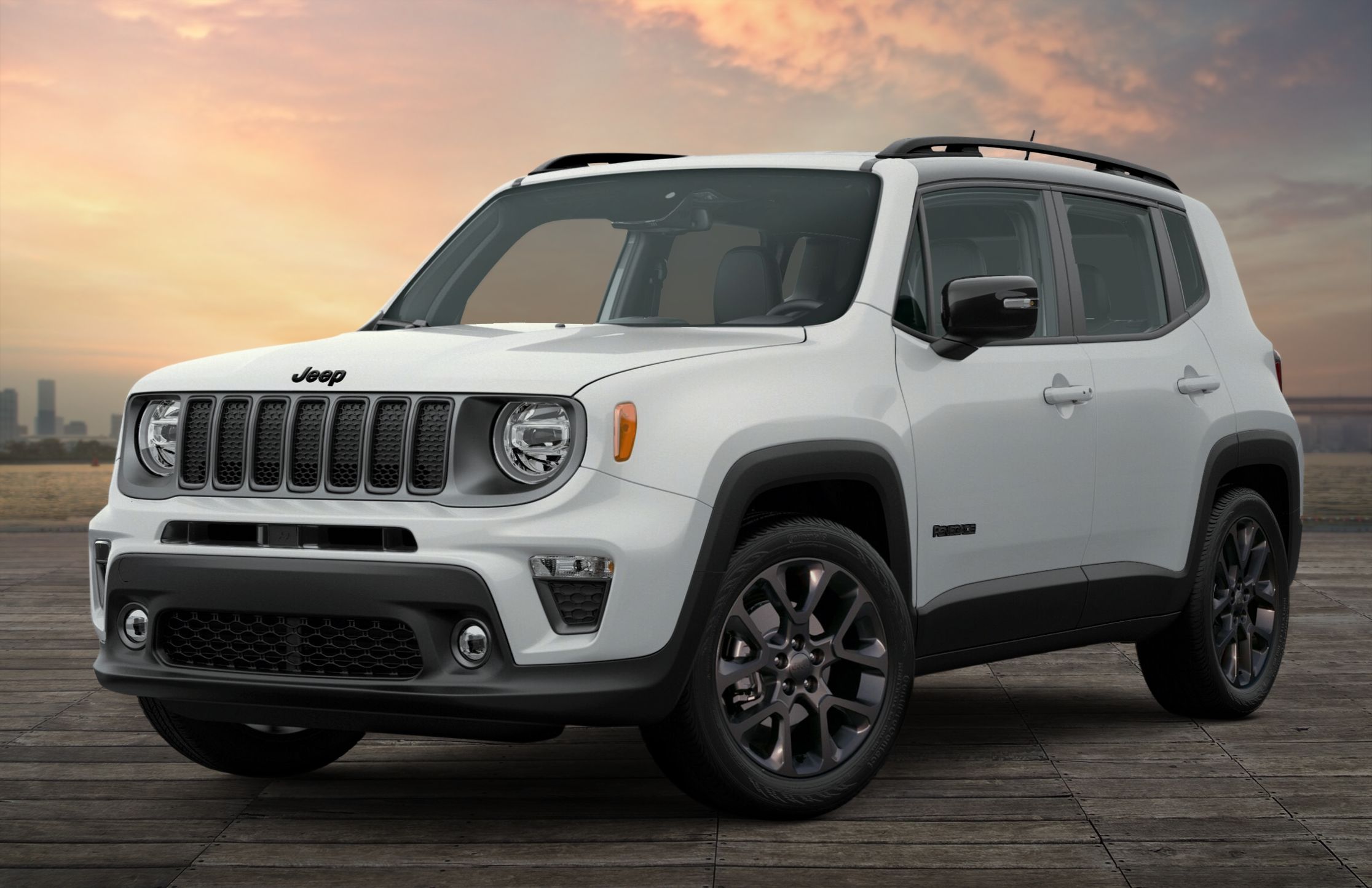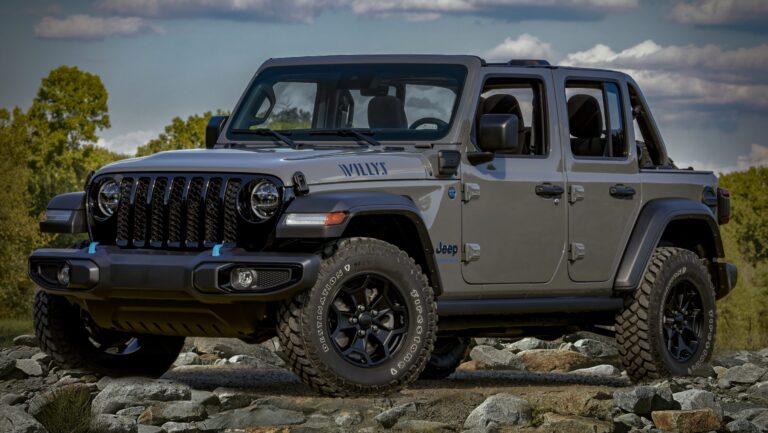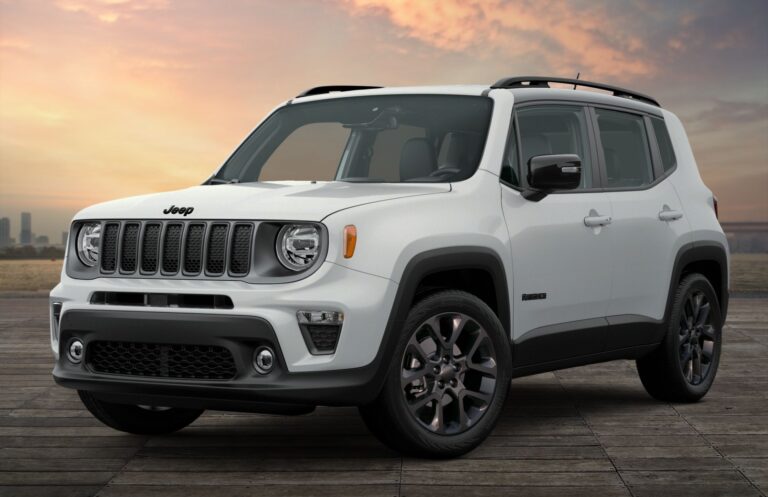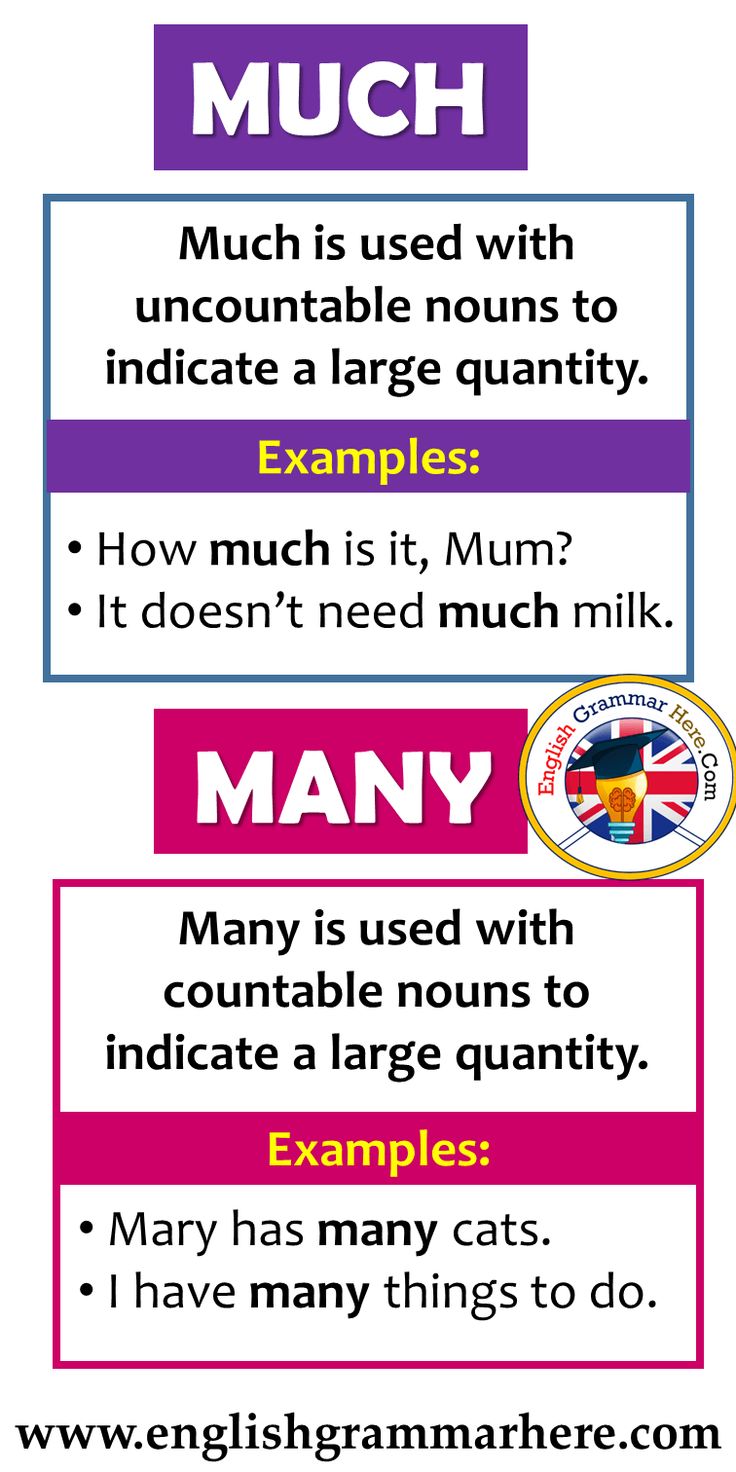Jeep Dana 60 For Sale: The Ultimate Guide to Upgrading Your Off-Road Beast
Jeep Dana 60 For Sale: The Ultimate Guide to Upgrading Your Off-Road Beast jeeps.truckstrend.com
For serious off-road enthusiasts and those pushing the limits of their Jeeps, the phrase "Jeep Dana 60 For Sale" resonates with the promise of unparalleled strength, durability, and performance. The Dana 60 axle is not just another component; it’s a legendary upgrade, a cornerstone for building an extreme rock crawler, a heavy-duty expedition vehicle, or a powerful desert racer. If you’re tired of bent axle tubes, broken gears, or blown U-joints on your smaller Dana 30 or even Dana 44 axles, stepping up to a Dana 60 is the definitive solution.
This comprehensive guide will navigate the intricate world of Dana 60 axles, particularly as they relate to Jeeps. We’ll explore why they’re so sought after, the various types available, crucial considerations when making a purchase, where to find them, and practical advice to ensure you make the right investment for your off-road ambitions.
Jeep Dana 60 For Sale: The Ultimate Guide to Upgrading Your Off-Road Beast
Understanding the Dana 60 Axle: Why It’s Legendary for Jeeps
The Dana 60 is a heavy-duty, full-floating axle manufactured by Dana Corporation, renowned for its robustness and reliability in demanding applications. Compared to the smaller Dana 30 and Dana 44 axles commonly found in Jeeps, the Dana 60 offers a significant leap in strength and load-carrying capacity.
Key features that set the Dana 60 apart include:
- Larger Ring and Pinion: A much larger gear set provides superior torque handling and resistance to breakage, especially under extreme loads or with larger tires.
- Thicker Axle Tubes: The housing tubes are substantially thicker and more resistant to bending, a common issue with smaller axles when running oversized tires or tackling challenging terrain.
- Larger Axle Shafts: Increased diameter and spline count (typically 30, 32, or 35 splines) mean the shafts themselves are less likely to twist or snap.
- Robust Bearings: Larger wheel bearings and carrier bearings contribute to the overall durability and longevity of the axle.
- Greater Load Capacity: Designed for heavy-duty trucks, the Dana 60 can easily support the weight of a highly modified Jeep, including heavy armor, winches, and expedition gear.

For Jeeps running tires 37 inches and larger, undergoing V8 engine conversions, or engaging in hardcore rock crawling and competitive off-roading, a Dana 60 is often considered the minimum standard. It effectively eliminates the axle as a weak link in the drivetrain, allowing you to push your vehicle harder with confidence.
Types of Dana 60 Axles Commonly Found For Sale (for Jeeps)
When searching for "Jeep Dana 60 For Sale," you’ll encounter a few primary categories, each with its own set of pros, cons, and price points.

1. OEM Dana 60s (Salvage/Used)
These are Dana 60 axles pulled from various heavy-duty trucks and SUVs. Common donor vehicles include:
- Ford: F-250, F-350 (1970s-early 2000s)
- Chevrolet/GMC: K20, K30, C30 (1970s-1990s)
- Dodge: W250, W350 (1980s-1990s)
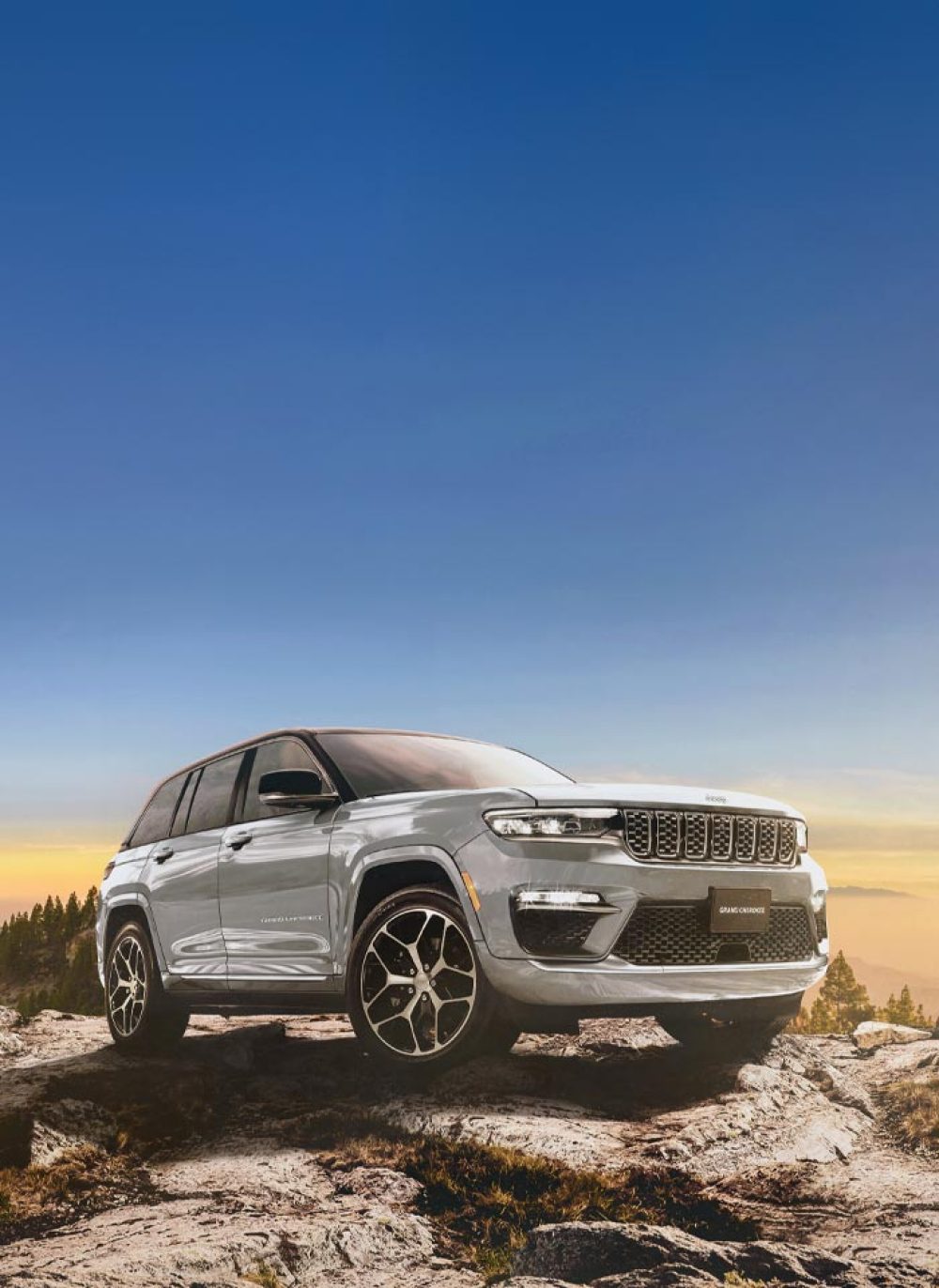
Pros:
- Cost-Effective: Generally the cheapest option, especially if sourced from a salvage yard.
- Readily Available: Millions of these axles were produced.
Cons:
- Width Mismatch: Most OEM truck Dana 60s are significantly wider than stock Jeep axles, requiring custom wheel backspacing or wider fenders.
- Mounting Perches: Spring perches and control arm mounts will need to be ground off and re-welded in the correct location for your Jeep’s suspension geometry.
- Bolt Pattern: Truck axles typically have an 8-lug bolt pattern (8×6.5" or 8x170mm), different from common Jeep patterns (5×4.5", 5×5", 5×5.5"). This requires wheel adapters, custom hubs, or a change of wheels.
- Condition: Being used, they may require new bearings, seals, gears, or lockers. Inspection is critical.
- Full-Float vs. Semi-Float: Most OEM Dana 60 rears are full-float (axle shaft only transmits torque, wheel bearings are on the spindle), which is stronger. Some rare semi-float versions exist, typically found in lighter-duty applications.
2. Aftermarket/Crate Dana 60s
These are purpose-built Dana 60 axles designed specifically for popular Jeep models (TJ, JK, JL, JT). Brands like Dynatrac, Currie Enterprises, TeraFlex, G2 Axle & Gear, and Spidertrax are leaders in this segment.
Pros:
- Direct Bolt-In: Engineered to specific Jeep widths, bolt patterns, and suspension mounting points, making installation much simpler.
- Enhanced Strength: Often feature thicker-than-stock axle tubes (e.g., 3.5" or 4" tubes vs. OEM 3.125"), stronger inner C’s, and reinforced housings.
- New Components: Come with new gears, lockers, axle shafts, brakes, and sometimes even high-steer knuckles pre-installed.
- Warranty: Typically backed by a manufacturer’s warranty.
- Customizable: Many brands allow you to specify gear ratios, locker types, and other options during ordering.
Cons:
- High Cost: Significantly more expensive than used OEM axles. This is the premium option.
3. Custom-Built/Refurbished Dana 60s
This category involves taking an OEM Dana 60 housing, refurbishing it, and then equipping it with new aftermarket internals (gears, lockers, shafts) and custom-welded brackets for a specific Jeep application.
Pros:
- Tailored to Your Needs: Can be built to precise width, gear ratio, and locker specifications.
- Middle Ground Price: Often more affordable than new crate axles but more expensive than raw used OEM units.
- Quality Control: If built by a reputable shop, the quality can be excellent.
Cons:
- Dependent on Builder: The quality and warranty depend entirely on the skill and reputation of the builder.
- Lead Times: Custom builds can take time to complete.
Key Considerations When Buying a Jeep Dana 60 For Sale
Before you jump on the first "Jeep Dana 60 For Sale" ad, carefully consider these factors:
- Front vs. Rear: Are you replacing just one axle or both? It’s common to upgrade both simultaneously for balanced performance and matching gear ratios.
- Width: This is critical. Measure your current axle width (WMS to WMS – Wheel Mounting Surface) and determine your desired width for tire clearance, fender coverage, and stance. OEM truck axles vary from ~65 inches to over 70 inches. Aftermarket Jeep Dana 60s are typically around 65-69 inches for a good balance.
- Bolt Pattern: Ensure the axle’s bolt pattern matches your wheels or plan for adapters/new wheels. Common Jeep patterns are 5×4.5" (TJ/YJ/XJ), 5×5" (JK/JL), and 5×5.5" (CJ). Most OEM Dana 60s are 8-lug.
- Gear Ratio: Crucially, your front and rear axle gear ratios must match exactly to prevent drivetrain binding. If you’re only buying one axle, ensure it matches your existing axle. For large tires, common ratios are 4.88, 5.13, 5.38, or even 5.89.
- Locker/Limited Slip: Decide what type of differential you need:
- Open: Least capable off-road.
- Limited Slip Differential (LSD): Offers some traction improvement but can be less effective than a locker.
- Selectable Locker (e.g., ARB Air Locker, Eaton E-Locker, OX Locker): Engaged on demand, providing 100% lock-up when needed, open when not. Ideal for steering and street driving.
- Automatic Locker (e.g., Lock-Right, Detroit Locker): Automatically locks when torque is applied. Can affect street manners and steering.
- Spool: Permanently locks both wheels together. Excellent off-road traction but severely impacts street driving, tire wear, and steering.
- Brake Setup: OEM Dana 60s often come with drum brakes, which you’ll likely want to convert to disc brakes for better performance. Aftermarket axles come with modern disc brakes.
- Steering & Suspension Mounts: If buying an OEM axle, factor in the cost and labor for grinding off old mounts and welding on new ones specific to your Jeep. Aftermarket axles will have these pre-welded. Consider high-steer options for better ground clearance of steering components.
- Condition (for used axles): Thoroughly inspect for bent tubes, cracked welds, damaged knuckles, excessive play in bearings, and fluid leaks. Ask about the axle’s history, mileage, and why it’s being sold.
- Budget: This is often the biggest deciding factor. Be realistic about what you can afford for the axle itself, plus installation costs, potential brake upgrades, and any necessary adapters or new wheels.
Where to Find Jeep Dana 60 Axles For Sale
- Online Marketplaces: Facebook Marketplace, Craigslist, and eBay are common places for used OEM axles and sometimes custom builds.
- Dedicated Off-Road Forums & Classifieds: Websites like Pirate4x4, Jeepforum, and JK-Forum often have classified sections where enthusiasts sell parts.
- Used Parts Dealers/Salvage Yards: For raw OEM axles, local salvage yards or specialized truck parts dealers are a good source.
- Off-Road Shops & Axle Builders: Reputable shops specializing in axle builds or custom fabrication are excellent sources for custom-built or new aftermarket axles.
- Manufacturer Websites: For brand-new crate axles, go directly to the websites of Dynatrac, Currie, TeraFlex, G2, etc.
The Buying Process: Tips for a Smooth Transaction
- Define Your Needs: Before looking, know your Jeep model, desired tire size, type of wheeling, and budget.
- Research Thoroughly: Understand the specific Dana 60 variations (e.g., Kingpin vs. Ball Joint for front axles, different spline counts).
- Ask Detailed Questions: For used axles, inquire about:
- Original donor vehicle.
- Current gear ratio.
- Type of locker/differential.
- Axle shaft spline count.
- Any known issues (leaks, bearing noise, bent components).
- Included components (brakes, hubs, knuckles, steering).
- Request Photos/Videos: Ask for clear, well-lit photos from multiple angles, especially of critical areas like welds, tubes, and the differential cover.
- Inspect in Person (If Possible): This is ideal for used axles. Check for straightness, play in components, and overall integrity.
- Factor in Shipping: If buying remotely, shipping heavy axles can be expensive. Get a freight quote before committing.
- Professional Installation: Unless you’re an experienced fabricator and mechanic, budget for professional installation. It’s a complex job involving welding, suspension geometry, and brake lines.
- Beware of "Too Good to Be True" Deals: A super low price on a Dana 60 often hides significant issues or missing components.
Challenges and Solutions
- Cost: Dana 60 upgrades are expensive. Solution: Save up, consider a refurbished OEM axle, or spread the cost by doing one axle at a time (though matching ratios is then crucial).
- Compatibility: Getting the right width, bolt pattern, and mounting points can be tricky. Solution: Extensive research, consulting with experienced fabricators or off-road shops.
- Installation Complexity: Welding, cutting, and precise measurements are required for OEM swaps. Solution: Hire a reputable off-road shop with experience in axle swaps.
- Finding the "Right" Axle: It can take time to find the perfect used OEM axle with the desired ratio and condition. Solution: Patience and casting a wide net in your search.
Jeep Dana 60 For Sale: Estimated Price Guide
Please note: Prices are estimates and can vary significantly based on condition, included components, brand, and market demand. Installation costs are not included.
| Axle Type / Condition | Key Features / Included | Estimated Price Range (USD) | Typical Application / Notes |
|---|---|---|---|
| Used OEM Dana 60 | Housing only, unknown condition, no gears/locker | $500 – $1,500 | Raw material for a custom build; requires full rebuild. |
| Used OEM Dana 60 | Complete, good condition, unknown ratio, open diff | $1,500 – $3,000 | Donor axle; likely needs new gears, locker, brake conversion, and custom mounts. |
| Refurbished OEM Dana 60 | Rebuilt with new bearings/seals, desired ratio, specific locker, custom mounts | $4,000 – $7,000 | Cost-effective custom option; quality depends on builder. |
| Aftermarket "Basic" Crate Dana 60 | New, direct bolt-in, specific Jeep width, open diff or basic LSD | $7,000 – $10,000 | Entry-level new Dana 60; good for moderate upgrades. |
| Aftermarket "Premium" Crate Dana 60 | New, direct bolt-in, heavy-duty tubes, high-end selectable locker, reinforced housing, custom options | $10,000 – $18,000+ | Top-tier performance; for extreme builds and peace of mind. |
Frequently Asked Questions (FAQ)
Q: Do I really need a Dana 60 for my Jeep?
A: If you’re running tires 37 inches or larger, have a V8 engine swap, engage in extreme rock crawling, or frequently carry heavy loads, a Dana 60 is a highly recommended upgrade to prevent drivetrain failures and increase reliability. For mild to moderate off-roading with smaller tires (up to 35 inches), a reinforced Dana 44 might suffice.
Q: Can I run a Dana 60 with my stock transfer case?
A: Yes, the Dana 60 is an axle, not a transfer case. It will bolt up to your existing driveshafts (though custom driveshafts might be needed for length/angles depending on lift and axle width) and work with your stock or aftermarket transfer case.
Q: What’s the average cost of installing a Dana 60?
A: Installation costs vary widely. For a used OEM Dana 60 requiring custom fabrication (cutting off old mounts, welding new ones, brake conversion, custom driveshafts), expect $1,500 – $3,000+ in labor alone. A bolt-in aftermarket Dana 60 will be less, perhaps $800 – $1,500.
Q: Full-float vs. Semi-float: what’s the difference and why does it matter?
A: In a semi-float axle (common on smaller Jeep axles and lighter trucks), the axle shaft supports the weight of the vehicle and transmits torque. If the shaft breaks, the wheel can come off. In a full-float axle (standard on Dana 60 rears), the wheel bearings are on a spindle, and the axle shaft only transmits torque. If the shaft breaks, the wheel remains attached to the vehicle, making it safer and easier to recover. Full-float is inherently stronger and preferred for heavy-duty applications.
Q: How do I know if an OEM Dana 60 will fit my Jeep?
A: It won’t "bolt in" directly in most cases. You’ll need to research the specific donor vehicle’s axle width and ensure it’s compatible with your desired tire size and fender setup. Expect to cut off old brackets and weld on new ones specific to your Jeep’s suspension (leaf spring perches, control arm mounts, track bar mounts, shock mounts). Professional fabrication is usually required.
Q: Is it worth buying a used Dana 60?
A: Yes, if you’re on a budget and have fabrication skills or access to a good shop. A used OEM Dana 60 can be a solid foundation for a custom build, but be prepared for additional costs for rebuilding, re-gearing, adding a locker, and custom bracketry. A raw used axle is rarely a plug-and-play solution.
Conclusion
The pursuit of a "Jeep Dana 60 For Sale" is more than just a search for parts; it’s a commitment to elevating your Jeep’s capabilities to an entirely new level. The strength and resilience of a Dana 60 axle offer the confidence to tackle the most demanding trails, run the largest tires, and truly unlock your Jeep’s full off-road potential.
While the investment in a Dana 60 can be significant, both in terms of cost and installation complexity, the peace of mind and enhanced performance it delivers are invaluable for serious enthusiasts. By thoroughly understanding the types of axles available, carefully considering your specific needs, and approaching the buying process with diligence, you can successfully acquire the legendary Dana 60 and transform your Jeep into an unstoppable off-road beast.
